Text João Barbosa | Translation Jani Dunne
Fifty years ago, copyright “did not dilute into the sea of currently existing brands and it wasn’t as vulnerable to ‘market preferences’ and to opinion makers’ classifications. This made customer loyalty possible, which strengthened brands, companies, business and the style of the wine” – explains Virgílio Loureiro.
“Bottled wine was for special occasions, and the most sought-after was Dão. This popularity had been granted mostly because those had been the first wines to be bottled, and not for their quality. The brand was “collective”, associated to the region of origin, and was almost always superimposed over the company brand. There were also some individual brands, some of which were legendary as a result of the quality of the wine and mainly of the genius method with which it was advertised,” tells Virgílio Loureiro.
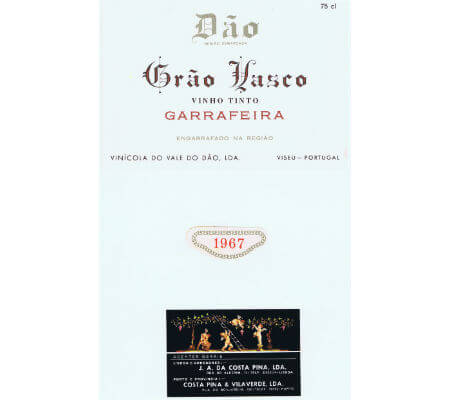
Grão Vasco label – Photo Provided by Sogrape Vinhos | All Rights Reserved
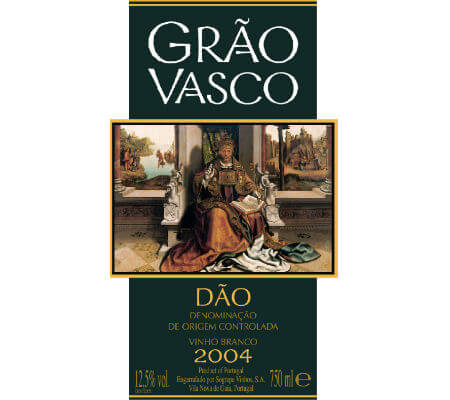
Grão Vasco label – Photo Provided by Sogrape Vinhos | All Rights Reserved
An iconic example is Grão-Vasco, which emerged in 1958 after Fernando Guedes (Sogrape) visited Dão. The brand was named the after a painter, Vasco Fernandes (Grão-Vasco – 15th and 16th centuries), who was from Viseu.
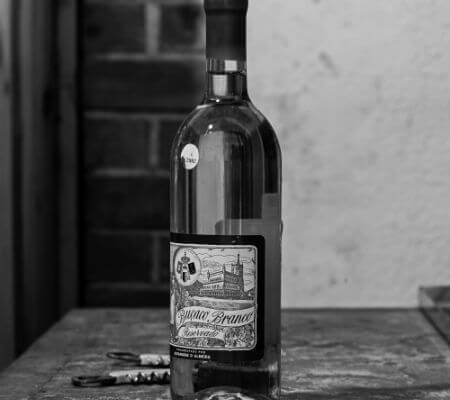
Buçaco Branco Reservado – Photo Provided by Palace Hotel do Bussaco | All Rights Reserved
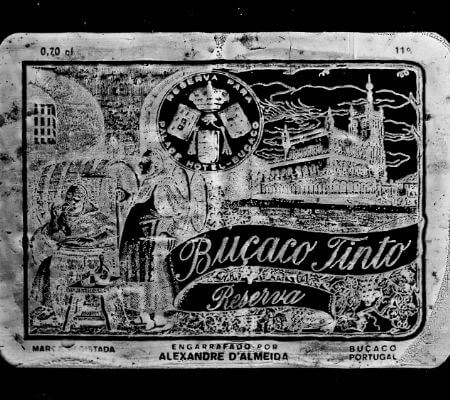
Buçaco Tinto Reserva – Photo Provided by Palace Hotel do Bussaco | All Rights Reserved
Between the Dão and Bairrada regions, there is the classic Buçaco (white and red) from Bussaco Palace Hotel. For bureaucratic reasons, it has no harvest date, but the year of the blend tells us in what year it was harvested. Alexandre Almeida, the founder’s nephew, tells us that everything started because it was the “house wine” and the first bottle dates from 1917.
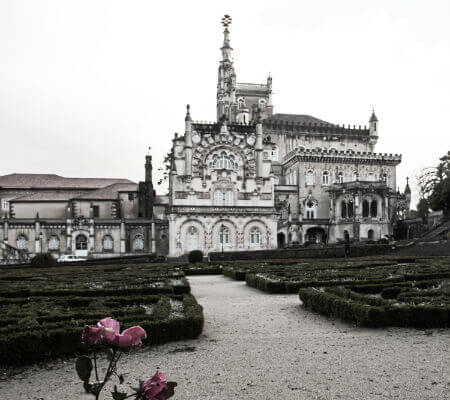
Palace Hotel do Bussaco – Photo Provided by Palace Hotel do Bussaco | All Rights Reserved
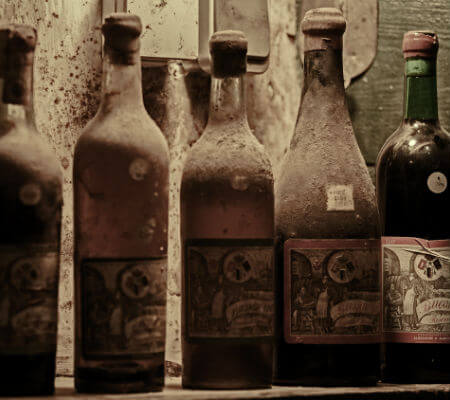
Bottles – Photo Provided by Palace Hotel do Bussaco | All Rights Reserved
Wines are traditionally made through the combination of Bairrada and Dão grapes – traditional farmer wines, not oenologist wines. “From the start, the goal was to allow the traveller to discover local gastronomy and wines while they experienced a genuine cultural statement”. At the table, traditional dishes were served “at the same level as the Escoffier cuisine, which was modern at the time”.
In the year 1964, Adega Cooperativa de Borba Reserva appeared. It was simply known as “cork label”, because they used cork instead of paper.
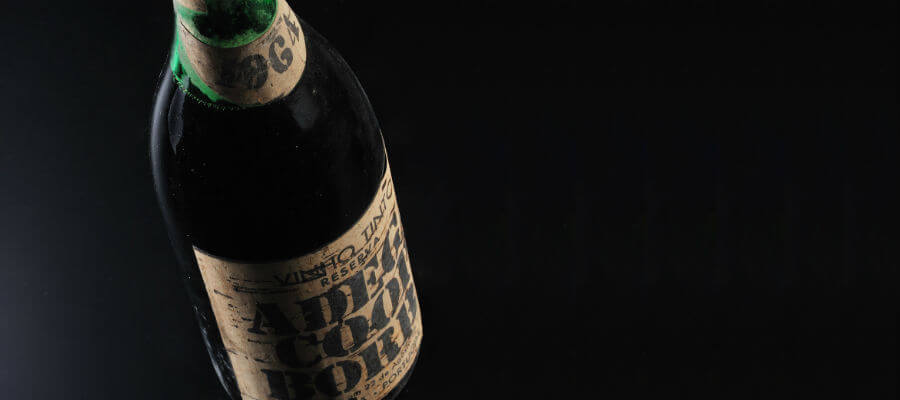
Adega Cooperativa de Borba Tinto Reserva – Photo Provided by Adega de Borba | All Rights Reserved
Some wines have been renamed: Tinto Velho (1878) is now José de Sousa. Conde d’Ervideira Reserva (circa 1880) still exists, but above that is yet the Conde d’Ervideira Private Selection. This wine was brought back from the dead; its production was abandoned in 1954 and restarted in 1991.
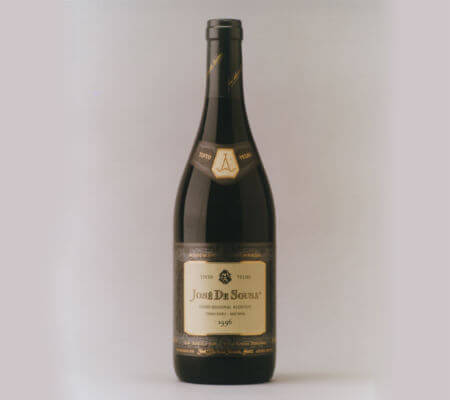
José de Sousa Tinto Velho 1996 – Photo Provided by José Maria da Fonseca | All Rights Reserved
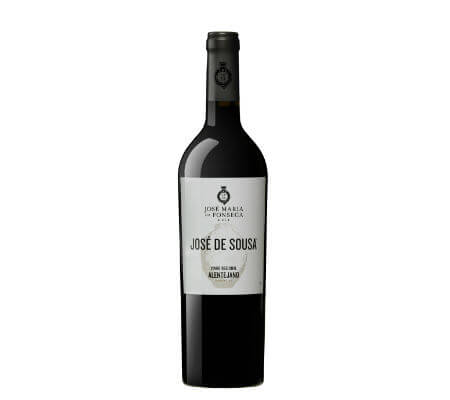
José de Sousa – Photo Provided by José Maria da Fonseca | All Rights Reserved
Gaeiras Branco, made with the Vital grape variety, experienced great prestige in the 60s and 70s – however, it only started receiving awards in 1876.
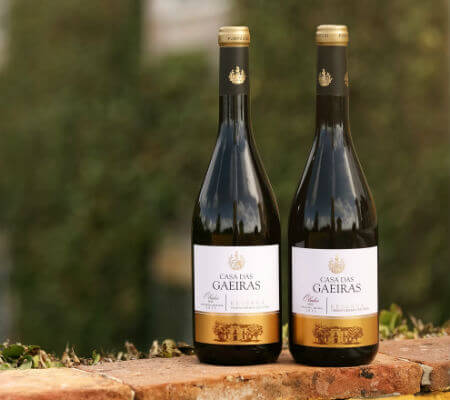
Casa das Gaeiras Reserva Vinhas Velhas – Photo Provided by Casa das Gaeiras | All Rights Reserved
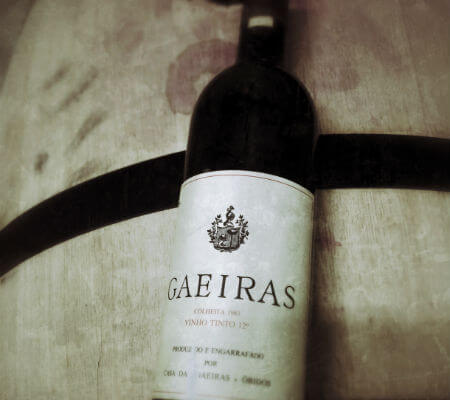
Casa das Gaeiras tinto – Photo Provided by Casa das Gaeiras | All Rights Reserved
It died down for a few years, having re-emerged with the 2013 harvest – its heir is Casa das Gaeiras Vinhas Velhas.
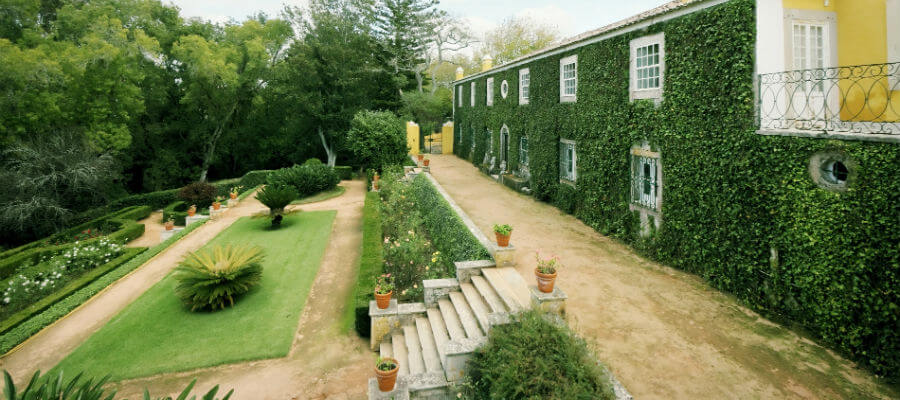
Casa das Gaeiras – Photo Provided by Casa das Gaeiras | All Rights Reserved
One of the most reputed Alentejo wines was named after Peramanca, the place. It was registered in the 19th century by José António Soares and gained value, but then finished. In 1987, the Pêra Manca brand was donated to the foundation [Fundação] Eugénio de Almeida, under the condition that it was to only appear in exceptional years. The first white is from 1990 and the red is from 1991. The original label features a watercolour by Alfredo Roque Gameiro (1864 – 1935), but in 2003, it was redesigned and simplified.
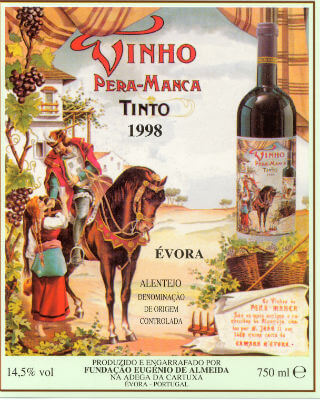
Pera-Manca Tinto 1998 – Photo Provided by Cartuxa | All Rights Reserved
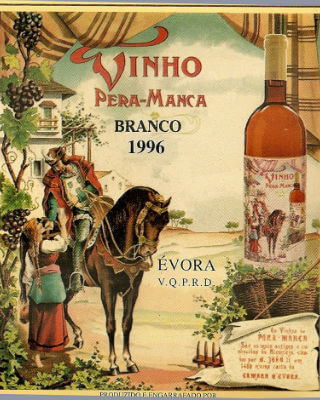
Pera-Manca Branco 1996 – Photo Provided by Cartuxa | All Rights Reserved
John Reynolds, Thomas Reynolds’s grandson who bought Herdade do Mouchão, decided to plant a vineyard of the Alicante Bouschet grape variety – for the first time in Portugal. Mouchão was also reborn, in 1985. The cellar was raised in 1901 and production was carried out until the occupation of the (Marxist) Agrarian Reform.
Contrary to how I had originally predicted, I found more brands than expected. It’s impossible to remember them all. I will list a few more: Caves do Solar de São Domingos, Colares Chitas, Viúva Gomes, Lagoa Reserva, Messias Santola, Messias Vinho Verde, Messias Rosé, Frei João, Porta de Cavaleiros, Montes Claros, Pasmados…




Leave a Reply